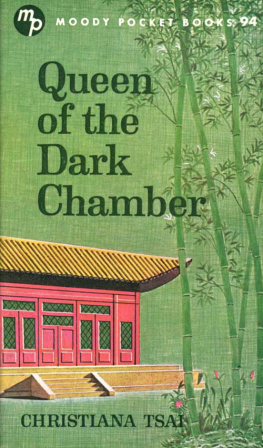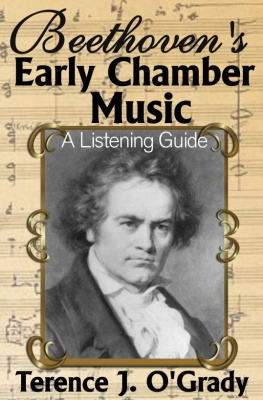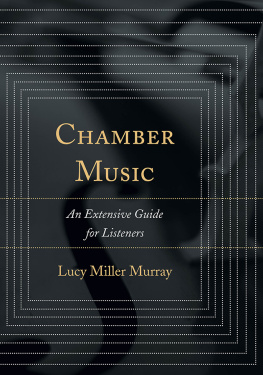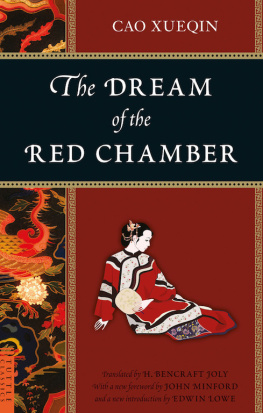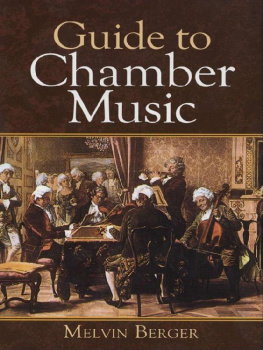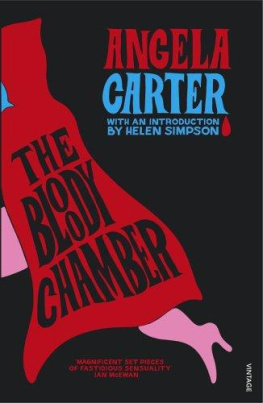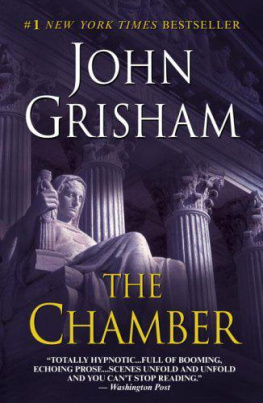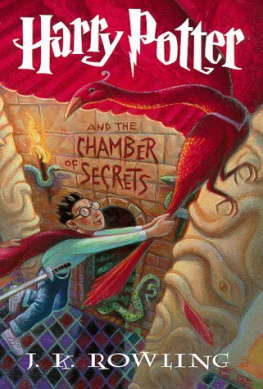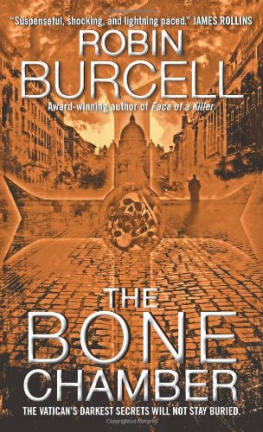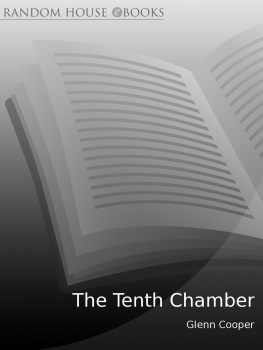Routledge Revivals
Star Chamber Stories
These stories from the Star Chamber papers, first published in 1958, reveal the real, and sometimes comic, side of the functioning of the Star Chamberan English court of Law from the Middle Ages, which was set up to ensure the fair enforcement of law against prominent people who were too powerful to be convicted by ordinary courts. These stories are valuable both for the real life detail they bring to a historical concept, and for the light they throw on accepted historical generalizations.
Star Chamber Stories
G.R.Elton
First published in 1958
by Methuen & Co. Ltd
This edition first published in 2010 by Routledge
2 Park Square, Milton Park, Abingdon, Oxon, OX14 4RN
Simultaneously published in the USA and Canada
by Routledge
270 Madison Avenue, New York, NY 10016
Routledge is an imprint of the Taylor & Francis Group, an informa business
This edition published in the Taylor & Francis e-Library, 2010.
To purchase your own copy of this or any of Taylor & Francis or Routledges collection of thousands of eBooks please go to www.eBookstore.tandf.co.uk.
All rights reserved. No part of this book may be reprinted or reproduced or
utilised in any form or by any electronic, mechanical, or other means, now
known or hereafter invented, including photocopying and recording, or in any
information storage or retrieval system, without permission in writing from the
publishers.
Publishers Note
The publisher has gone to great lengths to ensure the quality of this reprint but
points out that some imperfections in the original copies may be apparent.
Disclaimer
The publisher has made every effort to trace copyright holders and welcomes
correspondence from those they have been unable to contact.
ISBN 0-203-85423-3 Master e-book ISBN
ISBN 13:978-0-415-57369-6 (hbk)
ISBN 13:978-0-203-85423-5 (ebk)
ISBN 10:0-415-57369-6 (hbk)
ISBN 10:0-203-85423-3 (ebk)
STAR CHAMBER STORIES
by the same author
ENGLAND UNDER THE TUDORS
Star Chamber Stories
G.R.ELTON
LONDON
METHUEN & CO LTD
BARNES & NOBLE BOOKS
NEW YORK
First published in 1958
This edition published in the Taylor & Francis e-Library, 2010.
To purchase your own copy of this or any of Taylor & Francis or Routledges collection of thousands of eBooks please go to www.eBookstore.tandf.co.uk.
This edition reprinted 1974 by
Methuen & Co Ltd
11 New Fetter Lane
London EC4P 4EE
and Barnes & Noble Books, New York
10 East 53rd Street
New York NY 10022
(a division of Harper & Row Inc.)
ISBN 0-203-85423-3 Master e-book ISBN
Methuen SBN 416 80940 5
Barnes & Noble SBN 06 471943 X
CONTENTS
ACKNOWLEDGMENTS
Earlier versions of numbers III and V have appeared in the Cambridge Historical Journal for 1954 and the Journal of Ecclesiastical History for 1956, respectively; I wish to thank the editors and publishers of those journals for their kind permission to include them here. I should also like to thank those who have generously allowed me to use material for the pictures; their names are given on the opposite page.
ILLUSTRATIONS
between pages 112 and 113
John Parkins to the Abbot of Osney (Star Chamber Proceedings, 2/34/11, by courtesy of the Public Record Office, London) |
A Plan of Cambridge, c. 1550 (From John Caius, De Antiquitate Cantabrigiensis Academiae, 1574; by kind permission of the Librarian, Gonville and Caius College, Cambridge) |
Sir Brian Tuke, c. 1540 (by Hans Holbein the yr.; from the Mellon Collection, Washington National Gallery) |
The Parish Church of St. Marys, Hayes, Middx. (from a photograph in the possession of the Rev. A.E.Hill, M.A., sometime Rector of Hayes, and by his kind permission) |
INTRODUCTION
The six essays collected in this volume have only two things in common: they all concern themselves with the middle years of Henry VIIIs reign, and they have some connectionclose or distantwith the court of Star Chamber. These common features they owe to their origin, for they are, in effect, by-products of a larger enterprise. While investigating the history of the early-Tudor Council in all its aspects and with all its accompanying institutions (a labour of many years on which I am now embarked) I ran across indications here and there that the papers of Star Chamber might contain materials for the telling of stories of a kind which historians of the sixteenth century are only rarely lucky enough to find. For once, the familiar but faintly unreal paths of historical study looked like running through reasonably open country where normally they are hemmed in by a forest impenetrable in its gloomy and permanent obscurity. It proved possible, for a little while, to get away both from the towering figures of political history and from the abstractions of the economic and social historianpossible to learn something about people who would never ordinarily make the headlines but who, living in the sixteenth century, got involved with the law and thus preserved themselves for posterity.
The particular stories which are presented here are not the only ones that could be told. The records of Star Chamber and Chancery will reward the willing searcher with many similar, and possibly even fuller, tales of the more or less obscure. I have picked these six in part because they fall within the period of history with which at present my interests are chiefly bound up, and in part because they seem to me to combine sufficient of the two ideal qualities for which I was looking: they were to be good stories in their own right, but they should also have some light to throw on the history of their day. I may well be cherishing illusions, but it seems to me that at least five of them offer means of testing some of the generalizations which we necessarily apply to historical writing, and of correcting misconceptions only too likely to occur where history becomes divorced from knowledge of detail. That they throw light on the lives, the habits and the speech of men and women in the sixteenth century goes without saying, though it may be as well to remember that evidence of life which is taken from legal records is always a little distorted. But it was a litigious century, and few there were who never rubbed shoulders with the officers of the law. I should, perhaps, mention that all the words quoted in the book are taken straight from the record. If an element of fiction or improbability seems sometimes to creep in, the fault is not mine; either the lawyers of the time were given to writing fiction, or our preconceptions arc wrong. On the other hand, though I usually prefer a more austere practice, I have decided not to burden the reader with too many sixteenth-century vagaries and have throughout modernized the spelling and punctuation. I have done so the more readily because the majority of my quotations, taken from legal records, enshrine only the speech of the man in question; the writing is that of some clerk or lawyer.


